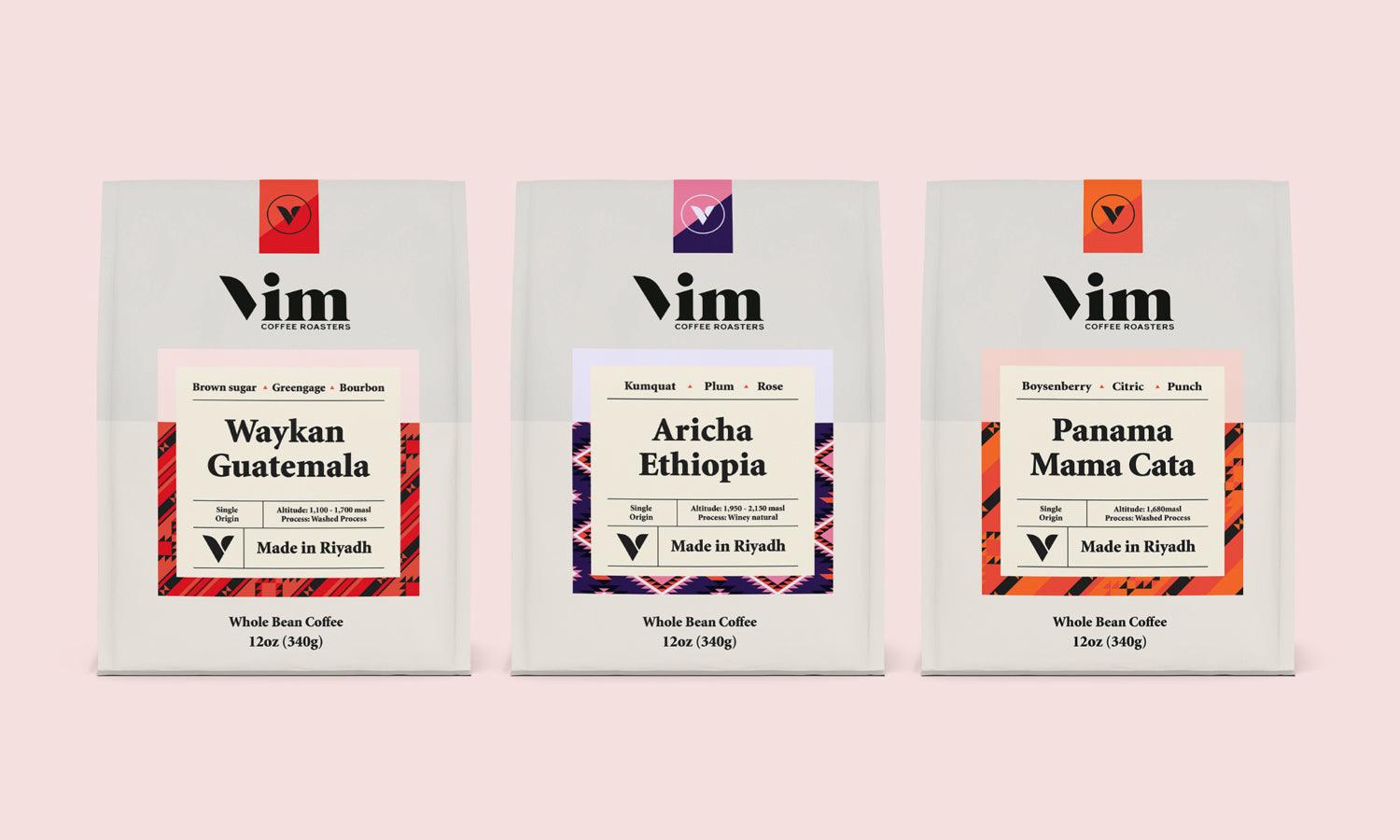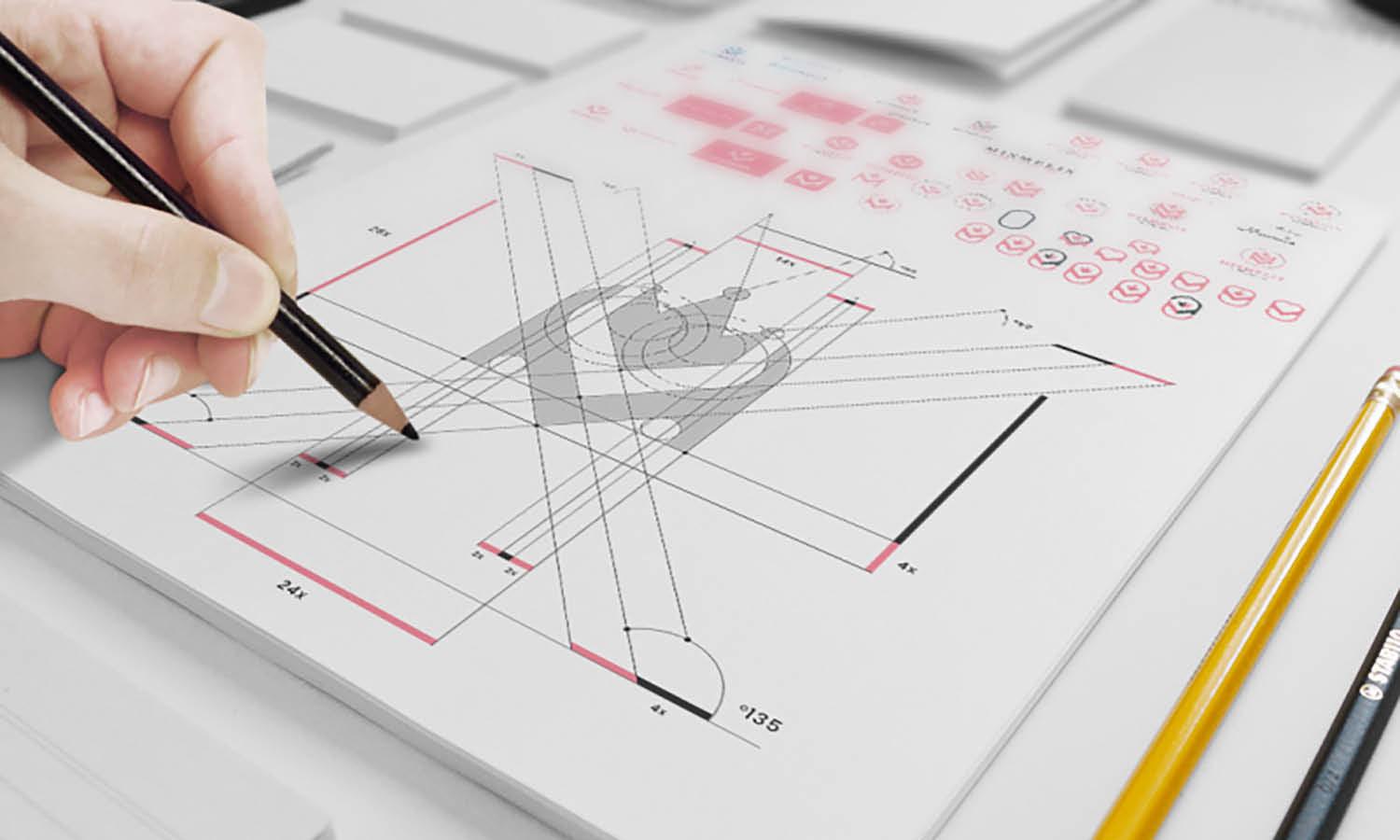The Ultimate Guide to Weatherproof Outdoor Designs

Weather-resistant outdoor spaces boost property values by 27% and increase home sales speed by 35%, according to 2023 real estate data. Industry research shows protected outdoor areas deliver 92% ROI, with homeowners using these spaces 4x more frequently year-round. Professional landscapers report weatherproofing features top renovation requests, increasing 180% since 2021. For quality materials and expert solutions, homeowners increasingly turn to their local outdoor shop for guidance and supplies.
Planning your weatherproof outdoor space
Begin by assessing your region's specific climate challenges—annual rainfall, temperature fluctuations, prevailing winds, and sun exposure. Establish a clear budget, recognizing that quality weatherproof materials often reduce long-term maintenance costs. Design your layout to account for natural weather patterns, positioning seating areas to optimize sun exposure and wind protection while creating flexible zones that adapt to seasonal changes.
Types of weatherproof outdoor structures
The right structure provides essential shelter while defining your outdoor space. Permanent structures like pavilions and gazebos offer substantial protection with solid roofs while maintaining open sides. Semi-permanent options such as pergolas with retractable canopies provide flexibility to adjust protection levels as needed. Consider how your chosen structure integrates with your home's architecture to create a cohesive indoor-outdoor transition that functions well in varying weather conditions.
"Outdoor structures are multi-functional additions that create exterior living space while providing necessary protection from the elements."
Popular outdoor structures and their weather benefits (list format)
Before selecting an outdoor structure, understand the unique benefits each type offers for weather protection:
- Pergolas: Freestanding structures with an open roof supported by columns. Modern options include retractable canopies that provide adjustable sun and rain protection. Perfect for those wanting flexibility in their shade coverage.
- Pavilions: Rectangular structures with solid, pitched roofs and open sides providing full shade without obstructing views. Ideal for areas with frequent precipitation.
- Gazebos: Octagonal or hexagonal structures with solid roofs, typically raised off the ground for a more elegant feel. Excellent for 360-degree views while maintaining overhead protection.
- Patio covers: Attached to the home, these provide immediate shelter for transitions between indoor and outdoor spaces. Can feature solid or latticed roofs depending on desired protection level.
- Sunrooms: Fully enclosed glass structures that offer climate-controlled outdoor living regardless of weather conditions. Perfect for year-round use in extreme climates.
These structures can be enhanced with additional features like weatherproof curtains, screens, or heating elements to increase their functionality across different seasons. Consider your specific weather challenges when selecting the most appropriate structure for your outdoor space.
Selecting durable materials for outdoor structures
For structural components, vinyl offers excellent moisture resistance with minimal maintenance, while fiber cement resists fire, pests, and warping under sun exposure. Metal roofing (aluminum/steel) delivers outstanding durability against rain and wind, while polycarbonate sheets allow natural light through with UV protection. Flooring materials should combine durability with wet-condition safety—composite decking offers wood's appearance without its moisture vulnerability, while properly sealed stone provides elegant weather resistance.
"Choose materials specifically engineered to withstand your local weather conditions to ensure longevity and reduce maintenance requirements."
Weather-resistant outdoor furniture solutions
For furniture frames, aluminum provides lightweight corrosion resistance ideal for humid environments. Teak wood offers natural weather resistance through internal oils that prevent warping and cracking. Synthetic wicker made from High-Density Polyethylene provides classic aesthetics without UV degradation. For cushions, select quick-drying foam cores wrapped in solution-dyed acrylic fabrics that maintain color despite sun exposure and resist mold development when exposed to occasional moisture.
Maintenance routine for maximum furniture lifespan (list format)
- Regular cleaning: Wipe surfaces with mild soap and water to prevent material degradation.
- Protective treatments: Apply weatherproof sealants to wood and rust-resistant coatings to metal annually.
- Seasonal inspection: Check for wear quarterly, addressing minor damage promptly.
- Weather protection: Use waterproof covers during non-use periods and store smaller items in weatherproof storage.
Flexible shade and shelter systems
Adaptable shade options allow your space to respond to changing conditions. Retractable awnings offer versatile sun protection, extending for midday heat and retracting for morning warmth. Shade sails provide contemporary aesthetics while blocking UV rays without enclosing the space. Weatherproof curtains installed around structures create adjustable barriers against wind, rain, or neighboring visibility.
"Flexible shade solutions allow adaptation to changing weather while maintaining comfort and style throughout the day."
Climate control for year-round outdoor comfort
Extend usability through seasons with thoughtful climate solutions. For cooler months, fire features serve as both functional heating and focal points, ranging from portable pits to built-in fireplaces. Ceiling-mounted infrared heaters warm people directly rather than surrounding air. During warmer periods, outdoor fans create essential air circulation, while misting systems can lower ambient temperature significantly without dampening surfaces.
Creating outdoor comfort zones (list format)
- Layered lighting: Install weatherproof fixtures at various heights to extend evening usability.
- Wind management: Use screens or glass barriers to redirect wind while maintaining views.
- Transitional spaces: Create buffer zones between exposed and sheltered areas for gradual climate adaptation.
- Water features: Incorporate fountains for cooling effects and sensory richness.
Weather-resilient landscaping integration
Select drought-tolerant plants like ornamental grasses and native shrubs that flourish with minimal intervention. These varieties naturally adapt to local conditions and require less maintenance. For ground coverage, organic mulch retains soil moisture and insulates roots, while decorative gravel provides a low-maintenance alternative that maintains appearance regardless of weather conditions while facilitating proper drainage around structures.
"Strategic landscaping enhances beauty while contributing to weather resilience through proper drainage and temperature moderation."
DIY vs. professional installation considerations
While DIY projects work for certain elements, structural components often require professional expertise to withstand wind loads and precipitation. Consider hiring professionals for foundation work, electrical installations, and roofing. Many manufacturers offer modular systems with pre-cut components that simplify assembly while maintaining structural integrity.
Conclusion
Creating a truly weatherproof outdoor space combines thoughtful planning, quality materials, and strategic design. By selecting appropriate structures, durable furnishings, and flexible shelter options, you'll extend your living area beyond the confines of your home's walls. The investment in weather resistance pays dividends through years of outdoor enjoyment, regardless of what Mother Nature delivers.















